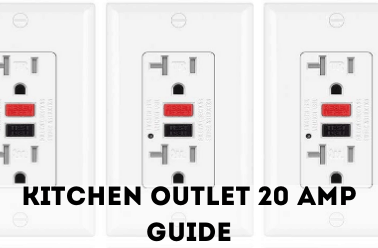It shouldn't be be hard for an electrician to fix. The only real question who is paying the electrician.
I don't have a copy of the NEC so I can't check to see if the 20A outlets are actually required. It seems pretty clear that 20A *circuits* are required in certain places (e.g. kitchen appliance circuits) but the outlet question seemed more ambiguous. TheSpruce.com article only talked about 20A circuits. I haven't ever encountered a consumer product like a toaster or microwave with 20A 120V plug (of course it doesn't mean they don't exist but I don't think they are common). I'm guessing the requirement for 20A GFCI is for the pass through requirement since it a 20A circuit and if you are using a single GFCI to actually protect the downstream circuits you would need the GFCI itself to be 20A rated. However, there is no downside in having 20A outlets on 20A circuits. If I understood correctly these are kitchen circuits so they must be 20A. At the end of the day, your electrician, Tesla in this case, owes you a fix.
I don't have a copy of the NEC so I can't check to see if the 20A outlets are actually required. It seems pretty clear that 20A *circuits* are required in certain places (e.g. kitchen appliance circuits) but the outlet question seemed more ambiguous. TheSpruce.com article only talked about 20A circuits. I haven't ever encountered a consumer product like a toaster or microwave with 20A 120V plug (of course it doesn't mean they don't exist but I don't think they are common). I'm guessing the requirement for 20A GFCI is for the pass through requirement since it a 20A circuit and if you are using a single GFCI to actually protect the downstream circuits you would need the GFCI itself to be 20A rated. However, there is no downside in having 20A outlets on 20A circuits. If I understood correctly these are kitchen circuits so they must be 20A. At the end of the day, your electrician, Tesla in this case, owes you a fix.



:max_bytes(150000):strip_icc()/kitchen-electrical-code-basics-1821527-hero-09fe7b0ecff34664aed19658e11cfd36.jpg)

